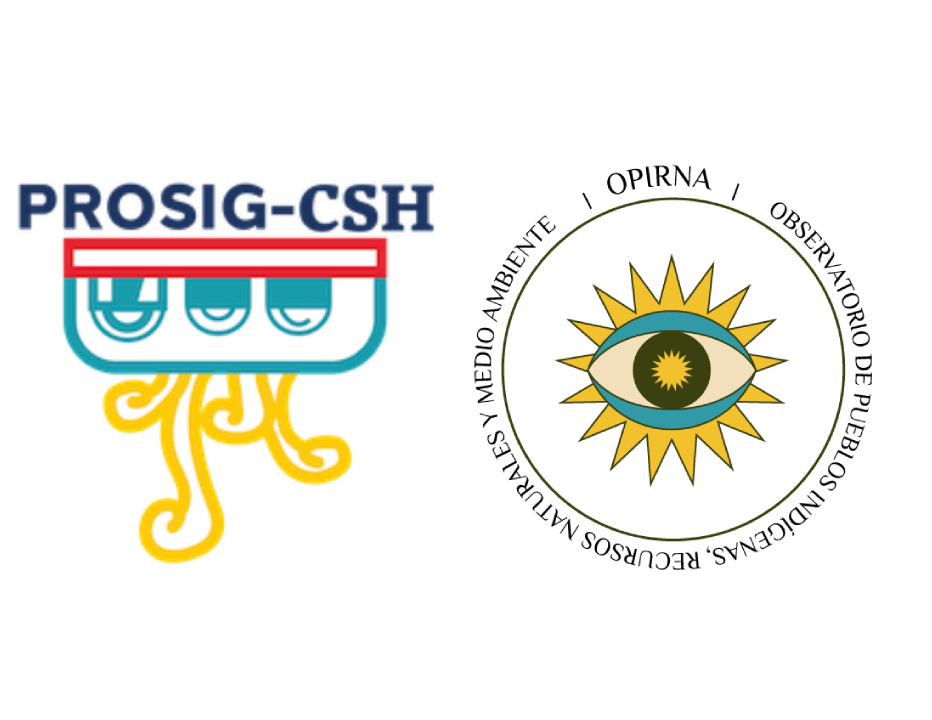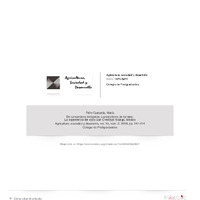-
Título (Dublin Core)
-
es
De campesinos indígenas a promotores de turismo. La experiencia del ejido San Cristóbal Hidalgo, México.
-
Autores (PueblosIndigenas)
-
es
M. Quezada
-
Year (PueblosIndigenas)
-
es
2018
-
Abstract (Dublin Core)
-
es
espanolEn San Cristobal, municipio de Cardonal, Hidalgo Mexico se localiza la barranca de Tolantongo, considerada como unica en su genero en la entidad por sus especies botanicas, sus grutas y su rio de aguas termales. Con estos recursos los ejidatarios crearon la “Cooperativa Grutas Tolantongo” para administrar y formalizar su proyecto turistico. Actualmente, San Cristobal es uno de los principales destinos turisticos en Hidalgo; el proyecto ha detonado beneficios economicos para los ejidatarios y el resto de la poblacion, y ha generado efectos multiplicadores a nivel regional. El objetivo de este articulo es analizar los factores que explican la conformacion y la estructura organizativa de las grutas Tolantongo. Para ello se realizo investigacion etnografica entre mayo de 2011 a mayo de 2012, y julio y agosto de 2013; las tecnicas utilizadas fueron la observacion, la revision documental y la entrevista. La evidencia empirica indica un proceso de apropiacion de los recursos naturales, conciencia de su riqueza, defensa del territorio, un modelo de desarrollo alternativo y turismo comunitario donde la estructura comunitaria ancestral tiene un papel preeminente, todo ello en un contexto de tensiones latentes entre los principios comunitarios, la economia capitalista y con agentes externos como el gobierno e intereses particulares. EnglishThe Tolantongo canyon is located in San Cristobal, municipality of Cardonal, Hidalgo, Mexico; it is considered unique in its genre in the state due to its botanical species, caves, and hot spring river. With these resources, the ejidatarios (shareholders of common land) created the “Tolantongo Caves Cooperative” (Cooperativa Grutas Tolantongo) to manage and formalize their tourism project. Currently, San Cristobal is one of the main tourism destinations in Hidalgo; the project has detonated economic benefits for the ejidatarios and the rest of the population, and has generated multiplying effects at the regional level. The objective of this article is to analyze the factors that explain the conformation and organizational structure of the Tolantongo caves. For this purpose, ethnographic research was performed between May 2011 and May 2012, and July and August 2013; the techniques used were observation, literature review, and interview. The empirical evidence indicates a process of appropriation of natural resources, awareness of their wealth, defense of the territory, alternative development model, and community-based tourism, where the ancestral community structure has a preeminent role; all this within a context of latent tensions between the community principles, the capitalist economy, and with external agents such as the government and private interests.
-
Pdf_url (PueblosIndigenas)
-
es
https://www.redalyc.org/journal/3605/360559620007/360559620007.pdf

